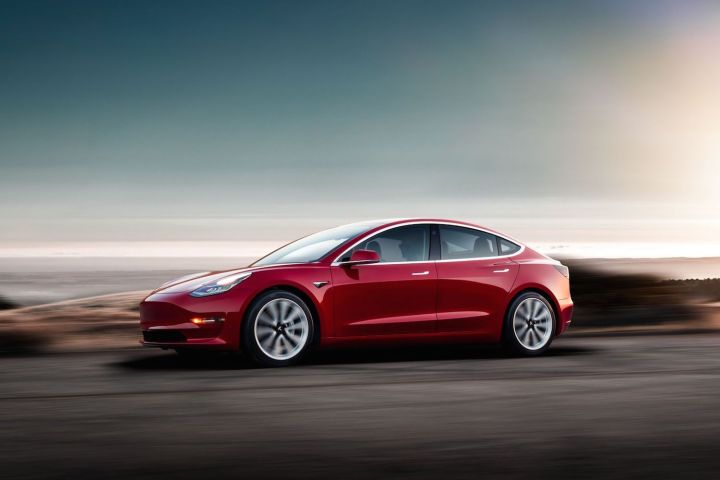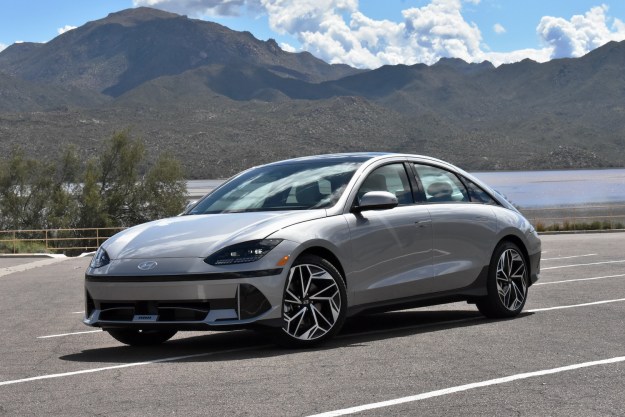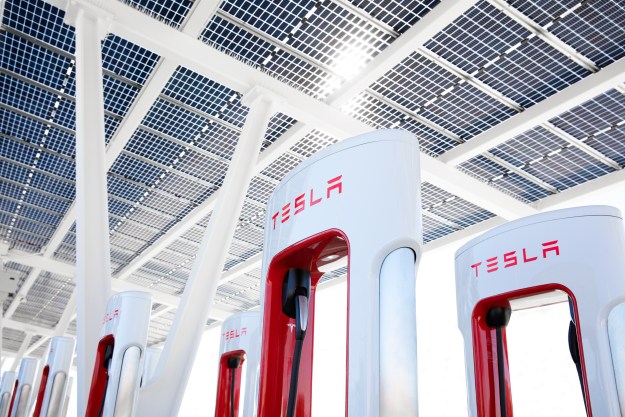
Tesla’s vehicle selling price doesn’t affect federal income tax incentives in the U.S., but the price makes a big difference in Canada. The original Tesla Model 3 Standard Range car’s $47,000 starting price tag (in Canadian dollars) was above the $45,000 selling price limit (before delivery fees) that determines whether that model and most other Model 3 versions qualify for the Canadian tax break in the form of a $5,000 rebate.
The thing is, however, it’s hard to buy a Tesla Model 3 Standard Range in Canada or the U.S. You can’t buy the least-equipped Model 3 online, as you can with the Model S, the Model X, and all of the other (more expensive) versions of the Model 3. If you are set on buying the Model 3 Standard Range, you have to start with a phone call or a visit to a Tesla store to place your order.
But even then, buying a Standard Range Model 3 wouldn’t qualify the owner for the $5,000 Canadian rebate. So Tesla altered the software of the Canadian version of the Model 3 Standard Range to limit the range to 150 kilometers (93 miles) per charge. On one hand, the range limitation looks like a counter-productive move for a company that wants to move tons of vehicles. But that move is a distraction from the actual strategy.
The range modification raises the question of who would want the Model 3 Standard Range? Sure, it saves purchase price money and qualifies for a $5,000 rebate, but the range per battery charge is only 150 kilometers (93 miles).
The price for the Standard Range Plus, which by observer consensus is the entry-level Model 3 Tesla wants you to buy, jumps to $53,700 Canadian or $39,500 in the U.S. For that relatively modest bump, you gain quite a bit. Standard upgrades with the Range Plus start with Tesla’s Partial Premium Interior, which includes premium seat material and trim, 12-way power adjustable heated front seats, upgraded immersive sound audio, standard maps and navigation, LED fog lamps, and a center storage console with four USB ports and two smartphone docks.
The Model 3 Standard Range Plus Rear-Wheel Drive also gains Autopilot, Tesla’s base level autonomous vehicle software. And here’s the biggie, the Standard Range Plus has a 386-kilometer (240-mile) driving range, which is 24 miles more than the Standard Range model in the U.S. and more than 2.5 times the range-limited Canadian version.
So the Model 3 Standard Range Plus is a great deal and Tesla expects to sell it in higher numbers than any other model or trim. But at $53,700 Canadian, at first glance, it appears that Canadian Standard Range Plus buyers wouldn’t qualify for the rebate.
As long as the base model falls under $45,000 Canadian, the rebate is still available for upgraded versions of the same car that list for less than $55,000. So $53,700 works, and bingo, Canadian Tesla buyers who purchase the car most people will want, also qualify for the rebate.
In the U.S., Tesla’s electric vehicle federal income tax incentive is winding down now that the company has sold more than 200,000 vehicles. The federal tax credit for Tesla vehicles delivered from January 1 to June 30, 2019, is $3,750, half the $7,500 credit in effect before Tesla topped 200,000 EVs. After June 30, any Tesla’s delivered From July 1 through December 31, 2019, will score a $1,875 tax credit for its purchaser.
Editors' Recommendations
- Tesla to begin production on new, more affordable models
- Why some Teslas are losing tax credits, and which cars still qualify
- Tesla Model 3 Highland: release date, range, design update, and more
- Volkswagen ID.4 vs Tesla Model Y
- The Tesla Model Y is far from my favorite EV, but I’m pretty close to buying one




